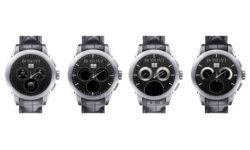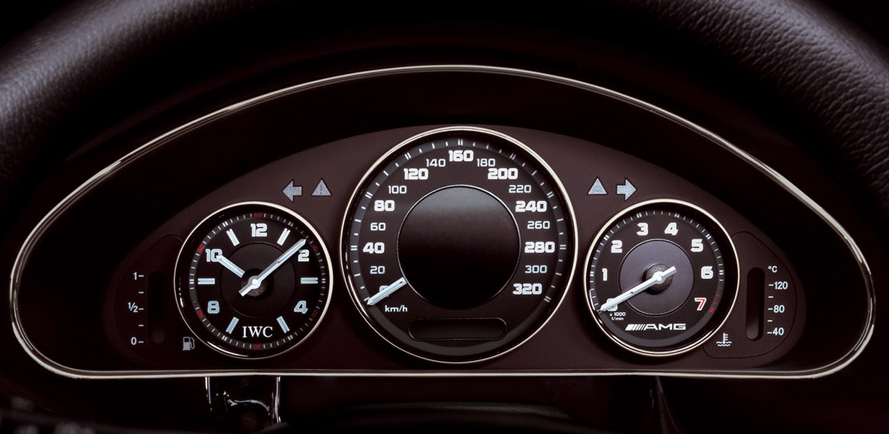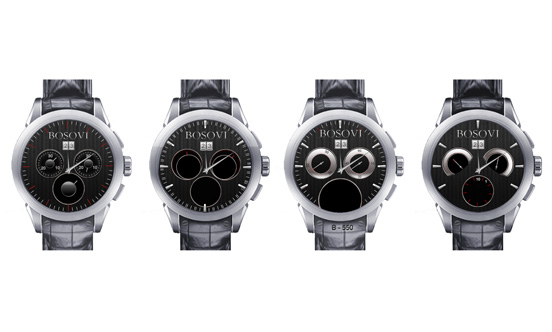
Bosovi Concept – Chronograph Experimentation (Watch Design Series 2 of 3)
Bosovi Concept – Chronograph Experimentation (Watch Design Series 2 of 3)
Having previously drafted a series of automatic watches, we were anxious to expand our portfolio into chronographs.
The most distinctive feature to a chronograph is its stopwatch function, generally calculated amongst a multitude of subdials. Their aim being to track the seconds, minutes and hours elapsed during the use of the stopwatch function.
The most distinctive feature to a chronograph is its stopwatch function, generally calculated amongst a multitude of subdials. Their aim being to track the seconds, minutes and hours elapsed during the use of the stopwatch function.
Bosovi Concept – Chronograph Experimentation (Watch Design Series 2 of 3)
Having previously drafted a series of automatic watches, we were anxious to expand our portfolio into chronographs. The most distinctive feature to a chronograph is its stopwatch function, generally calculated amongst a multitude of subdials. Their aim being to track the seconds, minutes and hours elapsed during the use of the stopwatch function.
For this in-house concept our objective was to design a series of unique subdials. To kick-start our experimental design we turned our attention to our clients leading competitors – most notably TAG Heuer. Their latest series of chronographs had notoriously complex movements, which required a multitude of layered subdials inside sunken bezels. Seeking to make examples out of other well-established brands we shifted our focus towards automobiles, more specifically their interior dashboard. Essentially a cars interface has to track MPH, RPM, and Gas levels amongst other essential calibrations. Generally displayed as “gauges” these calibrations were a close kin to our watches subdials.

 With the mechanical movement limiting the amount of space between subdials, we experimented with the use of positive and negative space. Metallic textures were applied to facilitate as natural gradients of separation. What resulted was a worthy attempt on a new take at a classic staple.
With the mechanical movement limiting the amount of space between subdials, we experimented with the use of positive and negative space. Metallic textures were applied to facilitate as natural gradients of separation. What resulted was a worthy attempt on a new take at a classic staple.


With the mechanical movement limiting the amount of space between subdials, we experimented with the use of positive and negative space. Metallic textures were applied to facilitate as natural gradients of separation. What resulted was a worthy attempt on a new take at a classic staple.
Tags: Concept Design, Graphics
